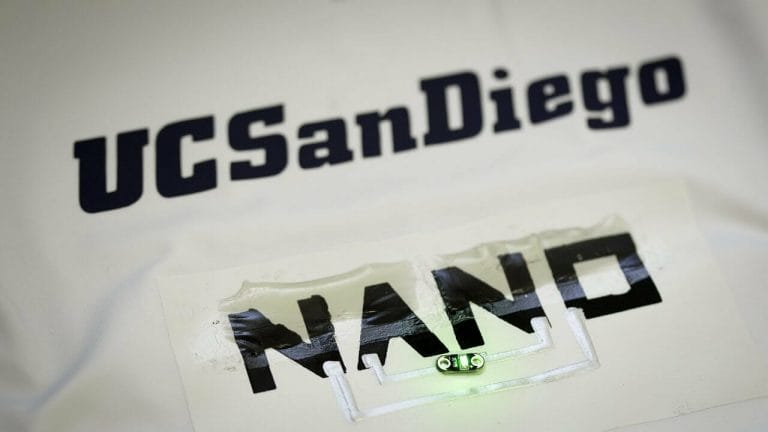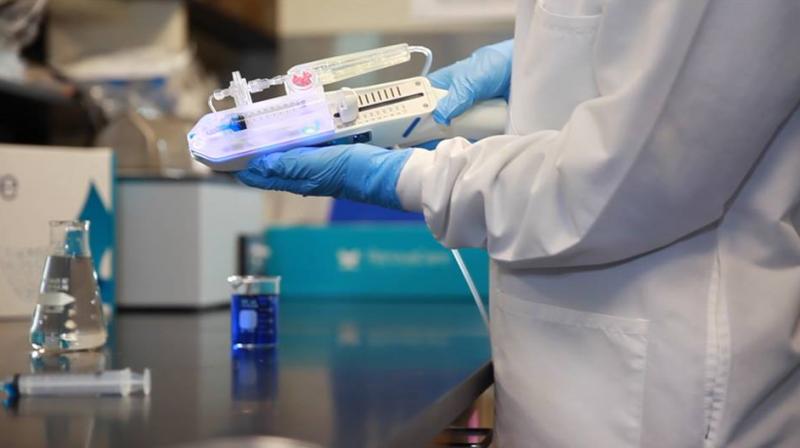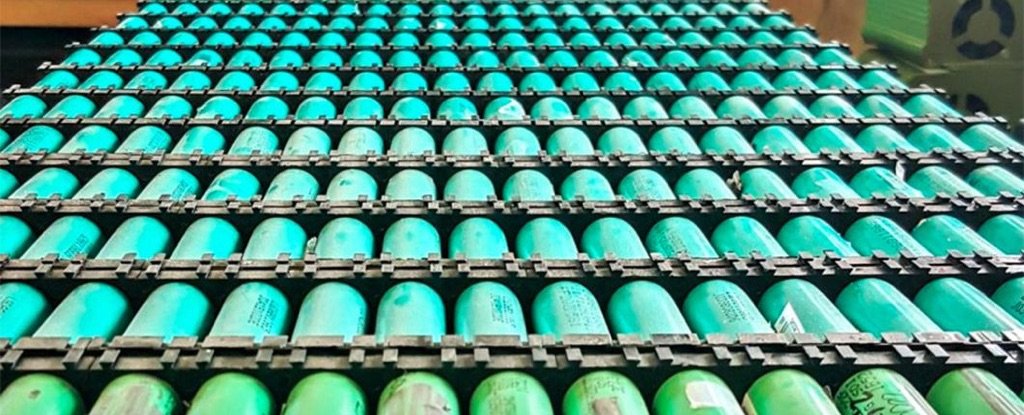It’s pretty normal to discover about a battery that is rechargeable, as this type is available commercially. But rechargeable, printable, and flexible at the same time? Ridiculous.
But as they say, nothing is impossible in engineering as long as everything follows physical laws. So a battery having those characteristics is still possible to produce after all.
Researchers from the Center for Wearable Sensors in University of California, San Diego have developed exactly that kind of battery. They have made printable batteries which can be stretched up to twice their size without damage.
A prototype has been made which has about one-fifth of the capacity of a rechargeable hearing aid battery, and one-tenth as thick. But the greatest takeaway is that it is cheaper to make.
For now, two of these rechargeable, printable, and flexible batteries are able to power 3-volt LED. The researchers are still enhancing its potential.
The flexibility of the battery is due to the hyper-elastic polymer layer of the battery made from polystyrene and isoprene. The latter is usually a material used in making rubber.
Meanwhile, the ability to recharge is thanks to the bismuth oxide added to the ink alongside zinc silver oxide.
To test the prototype battery, it was put on a fabric. But the researchers said that it could be used in difference applications such as solar cells or in powering different kinds of electronic devices.

Source: Jacobs School of Engineering
Senior author of the paper, Joseph Wang, shared that this is a significant step toward self-powered stretchable electronics.
“We expect this technology to pave the way to enhance other forms of energy storage and printable, stretchable electronics, not just for zinc-based batteries but also for lithium-ion batteries, as well as supercapacitors and photovoltaic cells,” he added.
Niko Munzenreider, a lecturer in sensor technology at the University of Sussex, agreed, and added that the device can be used for medical purposes, like fabricating smart tattoos to monitor different parameters like temperature, PH, and chemicals, among others.
Even that he is not part of the research, Munzenreider believes that this breakthrough could solve a lot of problems.
“You don’t have to rely on solar cells and energy harvesting anymore – you can use this variable device in an environment where you cannot harvest energy, for example during the night, or inside the body,” he said.
Source: IMechE
















